
72 fotografias do progromo de Hebron em 1929
Os amigos do blogue PATRIA JUDIA editam este impressionante documento gráfico em:
http://bajurtov.wordpress.com/2008/08/11/se-cumplen-79-anos-del-genocidio-de-judios-de-1929-a-manos-de-arabes-israelies/
The Hebron Massacre of 1929
In August of 1929, Arabs instigated violence in the Jerusalem area that spread to most of Palestine. The violence began in Jerusalem and soon spread to Hebron, Motza, and Safed, all old Jewish communities in Palestine that supposedly lived in harmony with their Arab neighbors, rather than Zionist settlements.
In Hebron, the Jewish community which had been there for hundreds of years, refused the help proffered by the Haganah underground when it seemed that Arab agitation was beginning. They trusted their neighbors.
The principle instigators were Haj Amin El Husseini and Aref el Aref. Aref el Aref, along with Husseini, had been responsible for previous riots. He had now been appointed district officer of the Beersheba district. Aref el Aref paid a visit to Hebron shortly before the riots and preached an inflammatory sermon on Thursday, August 22. Rumors were spread that the Jews had killed Arabs in Jerusalem, that the Jews had burned down the Al-Aqsa mosque (supposedly this was documented with a fake photo) or that the Jews were planning to build a synagogue near the wailing wall.
There are many indications that the Arabs, as well as the British had advance warning of the disturbances, yet the British did nothing to try to head them off. There was one British policeman in Hebron, Raymond Cafferata. He commanded a force of 18 mounted police and 15 on foot. Of these, all but one were Arabs. Eleven were over age and there was but a single Jew among them.
Beginning about 3 PM on Friday, August 23, there was agitation in Hebron. People returning from prayers in Jerusalem were claiming that the Jews were killing Arabs there. Arabs began stoning the Hebron Yeshiva. An orthodox Yeshiva student tried to leave the Yeshiva building and was stabbed to death. Cafferata now managed to quiet things down for the present.
The riots began in earnest, however, on the morning of Saturday, August 24. Arabs killed 64 to 67 Jews in Hebron and wounded many others. Babies were beheaded. Old rabbis were castrated. There were incidents of rape, torture and mutilation. Hands and fingers were torn off bodies, apparently for jewelry.
Cafferata and the Jewish policeman shot at the rioters and killed 8 of them. The Arab policemen fired in the air. Cafferata called for reinforcements, but these arrived only about noon, five hours later. The British had a total of 292 police in Palestine and were busy dealing with disturbances elsewhere presumably. Cafferata, not a friend of the Jews, testified:
"On hearing screams in a room I went up a sort of tunnel passage and saw an Arab in the act of cutting off a child's head with a sword. He had already hit him and was having another cut, but on seeing me he tried to aim the stroke at me, but missed; he was practically on the muzzle of my rifle. I shot him low in the groin. Behind him was a Jewish woman smothered in blood with a man I recognized as a[n Arab] police constable named Issa Sherif from Jaffa in mufti. He was standing over the woman with a dagger in his hand. He saw me and bolted into a room close by and tried to shut me out-shouting in Arabic, "Your Honor, I am a policeman." ... I got into the room and shot him."
(Bernard Wasserstein, The British in Palestine: The Mandatory Government and the Arab-Jewish Conflict 1917-1929, Oxford England, Basil Blackwell, 1991)
About 435 Jews survived by hiding with their Arab neighbors. They were hidden by 28 families who risked their lives to save the Jews.
About noon, British reinforcements arrived. Arab prisoners were forced to bury the dead in mass graves. They starting singing in celebration during the proceedings.
After visiting Hebron, the High Commissioner John Chancellor wrote to his son:
I do not think that history records many worse horrors in the last few hundred years...
I am so tired and disgusted with this country and everything concerned with it that I only want to leave it as soon as I can.
The surviving Jews were evacuated by the British, but some returned and lived in Hebron until the riots of 1936.
Ami Isseroff
Sources:
Morris, B., Righteous Victims, Alfred Knopf, New York 1994 pages 111-120.
Segev, T., One Palestine Complete, Henry Holt, N.Y. 1999, pp 314-327.
(Parabéns aos amigos do blogue PATRIA JUDIA)
http://bajurtov.wordpress.com/
Etiquetas: Hebron





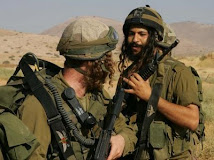
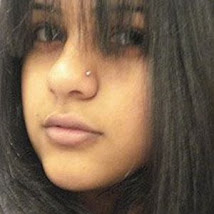

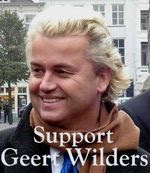



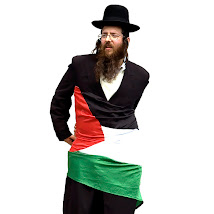

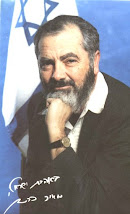






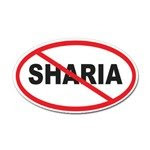




0 comentarios:
Enviar um comentário